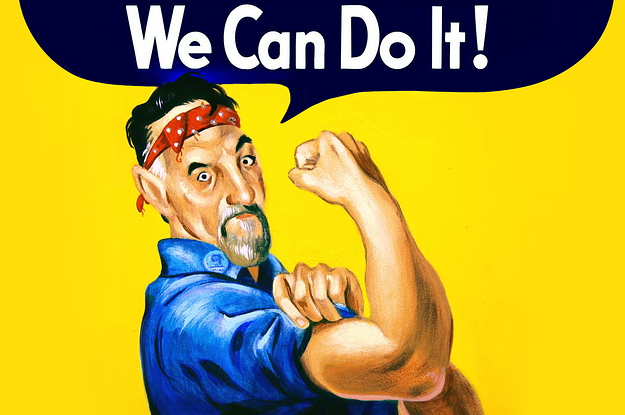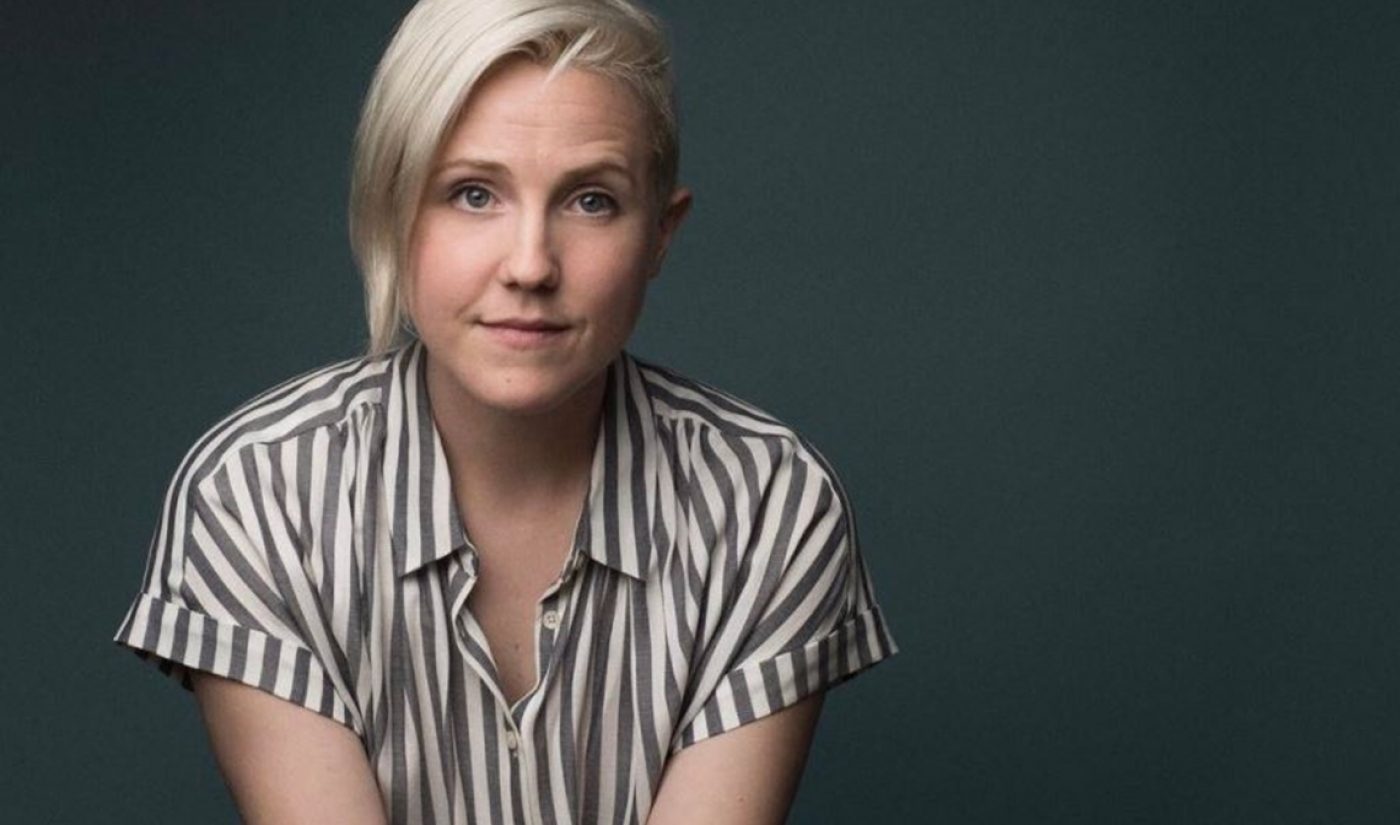Exploring the Life and Influence of Paul Elam
Introduction
Paul Elam is a figure known primarily for his role in the men's rights movement (MRM). His work has sparked both considerable support and significant controversy, making him a polarizing figure in discussions about gender politics. Elam is the founder of A Voice for Men (AVfM), a platform that has aimed to advocate for men's rights and address issues where men perceive systemic biases against them. In this article, we will delve into the background and influence of Paul Elam, exploring his impact on contemporary discourse surrounding gender and equality.
Early Life and Career
Paul Elam was born on November 2, 1957, in the United States. His journey into the realm of activism wasn't direct; he initially worked in healthcare as a mental health professional. The skills and experiences he gained working in this field likely informed his organizational and communicative abilities, which he later utilized in his advocacy endeavors.
Elam transitioned to a full-time focus on men's advocacy in the early 2000s. His shift towards men's rights causes was driven by what he perceived as inequalities and injustices faced by men within societal and legal frameworks. His early involvement in online forums dedicated to men's issues further honed his understanding of the challenges faced by the community he sought to represent.
Founding A Voice for Men
Among Paul Elam's most notable contributions is the founding of A Voice for Men, commonly referred to as AVfM. Established in 2008, AVfM quickly became one of the most prominent platforms dedicated to discussing men's issues. The site serves as a space to voice concerns regarding family law, educational disparities, false accusations, and other topics Elam believes are neglected or misunderstood by mainstream society.
A Voice for Men stands out due to its use of direct, often unapologetic rhetoric in addressing these issues. By employing a bold approach, AVfM has succeeded in attracting a dedicated audience while simultaneously drawing scrutiny for its provocative language and controversial stances. The platform's mission and modus operandi exemplify both the passions and tensions within the broader men's rights movement.
Philosophy and Key Issues
Central to Paul Elam's philosophy is the belief that men face significant disadvantages within modern Western societies that are frequently overlooked in favor of advancing women's rights. He argues for parity in the consideration of issues such as family court bias, educational success rates, male suicide rates, and the impact of social expectations on men.
Elam's stance often challenges prevailing narratives of gender dynamics, positioning his views as a necessary counterbalance to a perceived predominance of feminist ideology. His arguments extend to advocating for the revision of legal systems and societal frameworks to ensure they equitably address the needs and challenges of men.
Controversies and Criticisms
Paul Elam’s work has not been without its controversies. Critics often accuse him of promoting a confrontational and at times inflammatory style that can alienate potential allies and escalate tensions between gender advocacy groups. Some argue that his rhetoric risks overshadowing legitimate concerns within the men's rights movement, channeling focus towards divisive discourse rather than constructive dialogue.
In particular, Elam's critics point to certain statements and publications that they interpret as antagonistic towards women or dismissive of gender issues differently than how men experience them. Despite such controversies, Elam maintains a staunch defense of his methods, emphasizing the need for forthrightness in highlighting issues often sidelined by public discussions.
Conclusion
Paul Elam remains a prominent figure in the men's rights landscape, embodying both the aspirations and controversies associated with advocating for men's issues. His creation of A Voice for Men has significantly influenced the conversation around gender and rights, providing a platform for those who feel underrepresented in mainstream gender discourse. Whether viewed with admiration or criticism, Elam's role undeniably shapes the ongoing dialogue around gender equality and the representation of men's experiences within it.
More insights into his influence and the broader ramifications of the men's rights movement will be explored in subsequent sections.
Impact on the Men's Rights Movement
Paul Elam's influence extends beyond A Voice for Men, as his outspoken advocacy has helped bring attention to the men's rights movement (MRM) on a wider scale. By fostering discussions around issues typically overshadowed in mainstream narratives, Elam has contributed to a broader awareness and acknowledgment of male-specific challenges that warrant societal consideration.
Through his efforts, the MRM has seen growth both in terms of numbers and visibility. Numerous online forums, YouTube channels, and advocacy groups have emerged, many citing AVfM as a foundational influence. These platforms continue to expand on the discussions initiated by Elam, each adding unique perspectives or emphases, but collectively contributing to a more multifaceted discourse about gender dynamics.
Engagement with Media and Public Perception
A crucial aspect of Paul Elam's approach is engagement with media, albeit often in a contentious manner. Elam's strong opinions and willingness to challenge prevailing societal norms often place him at the center of media standoffs, which can amplify his platform's visibility. His appearances in documentaries and public debates have brought his views to wider audiences, sometimes reinforcing his position as a controversial, yet pivotal, figure within the movement.
Media portrayals frequently focus on Elam's confrontational style, which can skew public perception. To those unfamiliar with the nuances of the MRM, his positions might appear as solely reactionary or one-dimensional. However, his supporters argue that his forthrightness serves to cut through what they perceive as a bias against open discussions about male-oriented issues. By directly addressing sensitive topics, Elam seeks to challenge assumptions and provoke thought, though the reception remains divided along lines of those who approve or disapprove of his methods.
Challenges and Adaptations
Despite the coverage and discussion generated by his activism, Paul Elam and the men's rights movement face significant challenges. One of the primary hurdles is the sociopolitical environment which often frames gender discussions through a predominantly feminist lens, potentially marginalizing dissenting narratives. This can hinder constructive dialogue, as opposing groups struggle to find common ground or mutual understanding.
In response to these dynamics, Elam and his affiliates have sought to adapt their discourse to appeal to broader audiences while maintaining their core messages. This includes engaging in dialogues with those who hold differing opinions and participating in panels or forums designed to foster balanced discussions about gender issues. Such efforts indicate an evolving strategy within the MRM that acknowledges the complexities of reaching and impacting mainstream audiences.
The Role of A Voice for Men in Contemporary Discourse
A Voice for Men continues to serve as a central hub for those interested in the debates surrounding men's rights. It publishes articles, podcasts, and forums where individuals can express their views and share personal experiences related to the challenges faced by men in various societal contexts.
AVfM's role in the contemporary discourse is complex; while some view it as an essential counterbalance to mainstream feminist narratives, others see it as an antagonistic presence that polarizes gender discussions. Whichever side one may fall on, the platform undeniably sparks necessary conversations, inviting diverse opinions to engage with the multifaceted nature of gender and equality. The ongoing dialogue it promotes is crucial to understanding the breadth of experiences and perspectives that exist within gender discourse.
Broader Social Contributions
Beyond its direct influence on men's rights advocacy, Paul Elam's work has spurred broader societal reflections on how gender issues are discussed and handled. His insistence on reevaluating systems and societal expectations encourages audiences to consider equality not merely as a one-directional quest but as an intricate balance that benefits from multiple voices and perspectives.
In this light, Elam's advocacy has the potential to enrich social debates by prompting more inclusive conversations that recognize both commonalities and differences across gender experiences. His efforts illuminate the necessity of addressing misconceptions and biases, whether perceived or actual, to pave the way for more comprehensive and empathetic social solutions.
Future Directions
Looking ahead, the trajectory of Paul Elam's influence is poised to evolve as society continues to grapple with the complex realities of gender dynamics. As the men's rights movement seeks to refine its objectives and broaden its appeal, it's likely that Elam and AVfM will continue to play significant roles in shaping the discourse.
The future also poses questions about the methods and narratives that will dominate the movement's approach to advocacy. Balancing robust defense of men's issues while engaging constructively with opposing viewpoints will be critical to fostering productive dialogue and achieving tangible advancements in societal understanding and policy.
In the upcoming sections, we'll further explore the intricate interplay between men's rights, societal progressions, and the implications of advocacy methods as the conversation about gender equality continues to unfold.
Critique and Support: Diverse Perspectives
The discussions surrounding Paul Elam and the men’s rights movement invite a multitude of perspectives, leading to vibrant—but often contentious—debates. Supporters argue that the visibility Elam provides to men's issues fills a crucial gap in conversations around gender. They appreciate his willingness to spotlight problems and societal biases that, in their view, deserve greater transparency and redress.
On the other hand, critics raise concerns about the tone and language used by Elam and other similar voices within the MRM. They suggest that while raising awareness of men's issues is essential, framing it in opposition to feminist movements can foster divisiveness rather than unity. Some critics assert that Elam’s rhetoric may inadvertently perpetuate gender tensions rather than resolve them, urging a more collaborative approach to advocacy.
Navigating these opposing views is challenging but necessary for advancing a more nuanced discourse. Engaging with critiques constructively can provide valuable insights and perhaps catalyze the evolution of advocacy strategies that more effectively address the broad spectrum of issues affecting all genders.
Intersection with Feminism and Broader Gender Advocacy
Despite existing tensions, there is potential for intersection between the men's rights movement and feminist advocacy. Both parties share a desire for societal systems that are fair and equitable, albeit from different vantage points. Bridging perceived divides necessitates a focus on shared goals, such as dismantling harmful gender stereotypes or addressing bias within legal and social systems.
Paul Elam’s advocacy, when viewed critically, can illuminate areas where cooperation with feminist entities might yield mutual benefits. Awareness campaigns, discussions around mental health stigmas, and calls for legal reforms are areas where collaborative efforts could significantly impact public policy and perception, creating holistic approaches to gender equity.
However, achieving such collaboration requires effort and willingness from all sides to engage in open and empathetic dialogue. It involves acknowledging the diverse experiences of both men and women—and those beyond the binary spectrums—in shaping an equitable future.
Educational Outreach and Future Advocacy
Education plays a pivotal role in the evolution of the men's rights movement. Paul Elam and AVfM have emphasized the need to highlight educational disparities affecting men, such as declining male college enrollment rates and classroom environments perceived as less conducive to boys' learning styles. By focusing on these issues, they aim to spark conversation and policy responses that balance educational opportunities.
In terms of future advocacy, a commitment to educational outreach could enable the MRM to reach younger audiences, raising awareness of gender issues early on. This approach may foster a more informed and empathetic generation capable of understanding and advocating for the rights and well-being of all genders.
As society continues to evolve, the future of men's advocacy will likely hinge on its adaptability. Incorporating constructive criticism, seeking partnerships with complementary movements, and focusing on educational initiatives could position the MRM—and by extension, Paul Elam’s legacy—as driving forces in a balanced gender dialogue.
Reflections on Paul Elam’s Legacy
Paul Elam remains a defining presence within the men's rights movement, characterized by his forthrightness and willingness to challenge societal norms. His contributions have generated significant debate, serving as both a catalyst for awareness and a lightning rod for controversy. Ultimately, his legacy will be measured not only by his steadfast advocacy but also by the movement’s capacity to transform public perceptions and create lasting change in societal and legal structures.
Elam’s work underscores the ongoing need for diverse voices in gender discussions, highlighting that gender equality is multifaceted and complex. By laying the groundwork for discussions around men's issues, he has set a foundation from which broader, more inclusive conversations can build.
Conclusion
Paul Elam's journey within the men's rights movement reflects the broader societal struggle to balance advocacy while addressing the needs and rights of all genders. Whether viewed as a revolutionary advocate for men's issues or a polarizing figure within gender politics, his role is significant. His efforts have amplified the discourse surrounding men's rights, prompting critical examination and dialogue on issues that may otherwise linger at the periphery of societal awareness.
As we conclude this exploration of Paul Elam's impact, it is clear that his legacy invites ongoing reflection and dialogue. With an understanding of the challenges and opportunities that lie ahead, the path for advocacy is set to evolve, potentially merging previously divergent paths into a cohesive quest for equality and understanding across genders. It stands as a call to engage with empathy, recognizing that every voice plays a part in shaping a fairer future for all.
















Comments